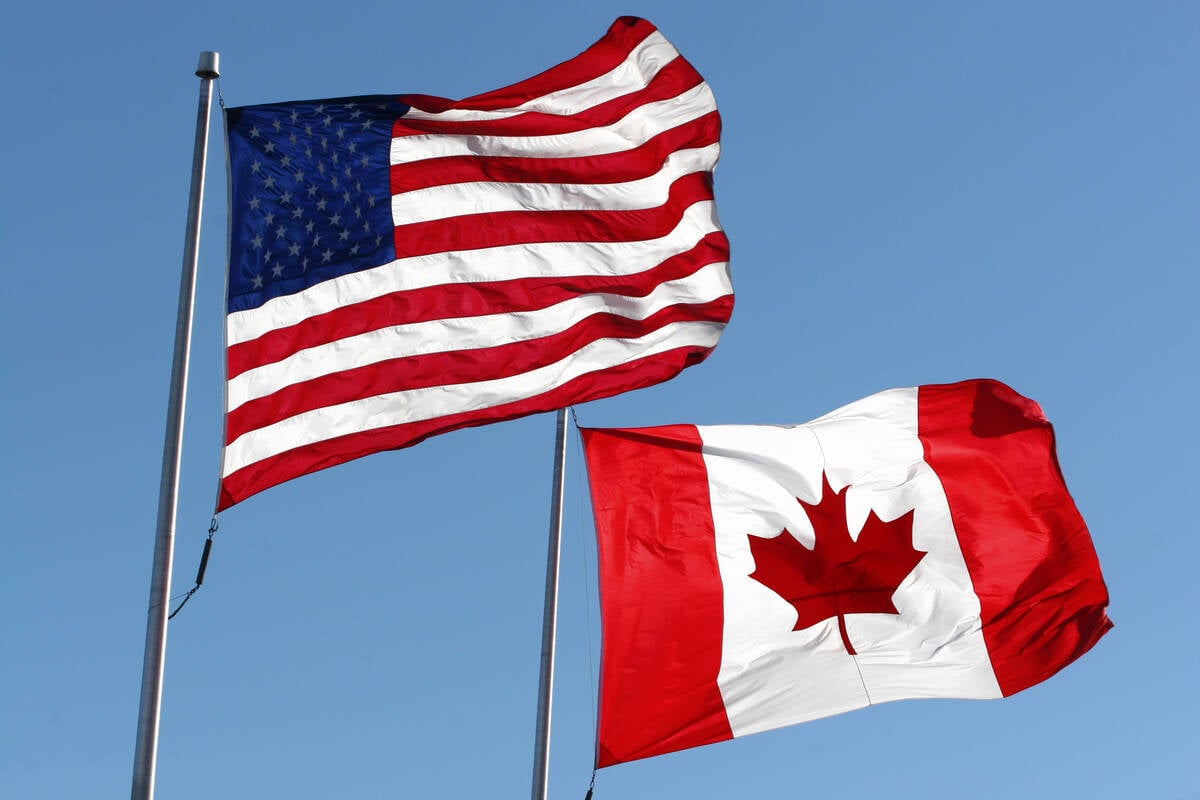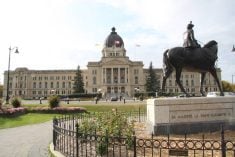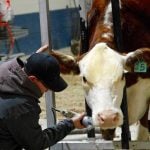Litter, the leftover vegetation often known as “carryover,” is one of the most important tools when managing native grassland on the southern Prairies. The phrase “take half, leave half” is a traditional guideline for ranchers whose goal is sustainable native rangeland.
“Litter is important because, from a productivity standpoint, moisture is the most limiting factor,” said Trevor Lennox, a rangeland and forage agrologist with Saskatchewan Agriculture in Swift Current.
He said rangeland’s response to litter varies with how much moisture an area receives: the more arid, the greater the role that litter plays in conserving soil moisture.
Read Also

Trump cuts off trade talks with Canada
UPDATED: October 24, 2025 – 0910 CST – Adds comments from Prime Minister Mark Carney. Reuters — U.S. President Donald…
One three-year study under arid conditions in southern Alberta showed a 43 percent reduction of herbage on litter-free plots compared to control plots. The same research in less arid conditions showed much less reduction of yields.
“The effect of litter can also vary from year to year, depending on the moisture conditions,” Lennox said.
“Generally speaking, the drier the year, the greater the moisture-conservation benefit from residual litter. When you go into winter with very little residual litter, you are essentially lowering your productivity potential for the following year.”
One of litter’s roles is maintaining the microclimate needed by many native species. It insulates the soil against direct sunlight, which in turn reduces soil temperature and evaporation from the soil surface.
“On a typical summer day, there will often be a 10 degree temperature difference between bare ground and areas with good litter cover,” he said.
“The lower soil temperature under the litter will help minimize water evaporation from the soil surface, thus conserving moisture for plant growth instead.”
When the microclimate changes, plant composition may also change because of the different site conditions.
“With decreased moisture and increased soil temperature fluctuation, the usual change is toward species that are less desirable for grazing: from perennial grasses to forbs, for example.”
Conserves nitrogen
Litter also contributes to nutrient cycling. Lennox said substantial withdrawal of nutrients from dormant plant parts, along with rapid cycling of nutrients through litter, is responsible for maintaining the level of nutrients in the herbage layer of grasslands. For example, “the standard grazing rule of ‘take half, leave half’ has a significant impact on nitrogen conservation and the supply of nitrogen for plant growth.”
It is also important to maintain litter on the soil surface to minimize soil erosion caused by surface runoff. One study found ground cover was the most influential factor in affecting overland flow on steep slopes: soil erosion increases as the size of bare openings between plants increases.
“Producers hold the key to the presence or absence of litter, because stocking rates dictate the amount of residual litter on the surface after a grazing season.”
Lennox said experienced livestock producers use litter as their guide when fine tuning stocking rates for their native rangeland. Producers with questions about long-term, sustainable stocking rates for their region can consult their nearest rangeland and forage agrologist.














